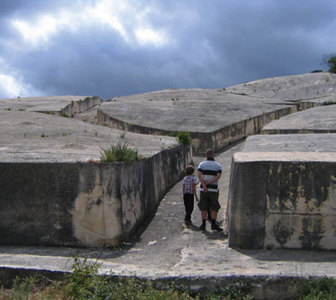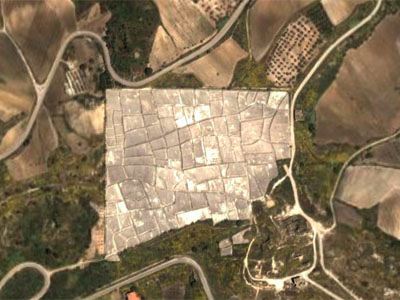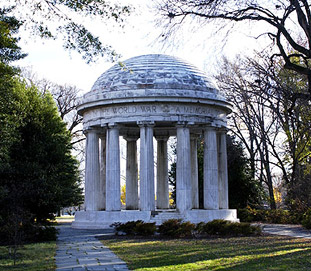On and off for the last several months, I’ve been soaking in an extraordinary piece of music, and trying to get up to speed on the series of minorly monumental circumstances that are bringing it out of obscurity.
In 1959 Dennis Johnson, a college friend of LaMonte Young, composed November, a six-hour piano piece that basically gave birth to the minimalist music movement as we know it. Young, never shy about his own importance, credits November as the source and inspiration for his own ur-minimalist composition, The Well Tuned Piano. It was all there in November first.
But except for a rough 2-hour recording from 1962, Johnson’s work had faded from consciousness, discussion, performance, and history. And Johnson himself had disappeared from the music landscape. Until musicologist Kyle Gann began investigating it, and reconstructing the score. Then R. Andrew Lee recorded it. And it got released last spring on a 4CD box set.
I found November through musician Ben.Harper’s blog, Boring Like A Drill. The unfolding of November‘s story across several years of posts is convoluted, but really wonderful. Here’s a bit of his description of attending a live performance of November by Lee, timed to the CD release:
Over five hours, the music works a strange effect on the listener. The intervening decades of minimalist and ambient music have made us familiar with the concepts of long durations, tonal stasis, consistent dynamics, repetitions, but November uses these techniques in an unusual way. The sense of continuity is very strong, but there is no fixed pulse and few strict repetitions. The slowness, spareness and use of silence, with an organic sense of rhythm, make it seem very similar in many respects to Morton Feldman’s late music. The harmonic language, however, is very different. Johnson’s piece uses clear, familiar tonality to play with our expectations of the music’s ultimate direction, whereas Feldman’s chromatic ambiguity seeks to negate any feeling of movement in harmony or time.
The semi-improvised nature of November adds another element to a performance. It was interesting to watch Lee relax as he moved from the fully-notated transcription of the piece’s first 100 minutes, into the more open notation that made up the next three hours of playing. He seemed to go into a serene state of focused timelessness, perfectly matching the music he was playing.
November reminds me of a CD by Gabriel Orozco titled “Clinton is Innocent,” on which the artist improvised some random one-handed note clusters that were meant to evoke memories of the piano music of his childhood home. I used some of Orozco’s music in my first short film, Souvenir (November 2001), but for these months now, the coincidence of Johnson’s title has had me rethinking that score.
Late November [boring like a drill]
Gann talking about November on WNYC’s Spinning on Air last August [wnyc.org]
Buy R. Andrew Lee’s recording of Dennis Johnson’s November from Irritable Hedgehog [irritablehedgehog.com]
UPDATE AN HOUR LATER: D’oh, there I go again, I just listened to the WNYC show again.







